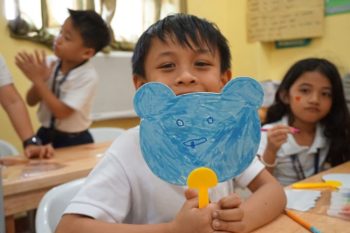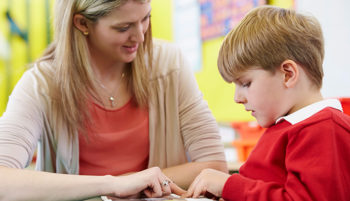Teaching our Kids Character Habits That Last a Lifetime
 Teaching Our Kids Character Habits That Last a Lifetime (Part 1)
Teaching Our Kids Character Habits That Last a Lifetime (Part 1)
Academic success is important but so is raising children who are kind, courageous, and compassionate. That’s why many schools, including those inspired by EL Education, go beyond traditional academics to teach Habits of Character—the values and behaviors that help students become the best version of themselves.
While EL Education highlights four core character traits—Respect, Responsibility, Perseverance, and Compassion—many schools (like mine) build on this foundation to include other important habits such as Leadership, Empathy, Bravery, Ethical Behavior, Accountability, and Service. Together, these form a framework for developing responsible and resilient children.
The best part, you don’t need a classroom to teach these habits. Parents can nurture them at home, in the car, during family meals, and on the playground. Let’s take a closer look at each habit and how you can help your child grow in character every day.
Perseverance: Try and Try Again
In EL classrooms, perseverance means embracing challenges, using positive self-talk, and trying new strategies until success is found. At home, you can help build this habit by:
- Encouraging your child to tackle difficult tasks instead of avoiding them
- Modeling persistence when things get tough (even with adult frustrations!)
- Celebrating effort, not just outcomes: “I’m proud of how you kept going!”
Try this: When your child wants to give up, ask, “What’s one more thing you could try?” or “Who could you ask for help?”
Books to share:
The Most Magnificent Thing by Ashley Spires: A funny and heartwarming story about a girl who struggles, fails, and tries again to create her “magnificent thing.” It’s a perfect example of grit and positive self-talk.
Rosie Revere, Engineer by Andrea Beaty: Rosie learns that failure is just a part of the process on the path to creativity and success. Encourages perseverance and curiosity.
Leadership: Inspire and Empower
Leadership isn’t about being in charge—it’s about inspiring excellence in others. Children can learn to lead by developing trust, thinking creatively, and modeling positive behaviors.
Help build leadership at home by:
- Giving your child age-appropriate responsibilities
- Encouraging them to speak up for themselves and others
- Praising moments when they encourage siblings or friends
Try this: Ask, “What’s one way you helped someone feel confident today?”
Books to share:
What Do You Do With an Idea? by Kobi Yamada: A poetic story about nurturing ideas and having the courage to lead change, even when others don’t understand.
Swimmy by Leo Lionni: Swimmy helps a group of small fish work together to solve a problem. A simple but powerful example of leading through unity and creativity.
My next blog post will share how you can embrace the character habits of empathy, bravery, and ethical behaviors with your child at school and in daily life.
 Teaching Our Children Executive Functioning Skills
Teaching Our Children Executive Functioning Skills How to Help Struggling Students Learn
How to Help Struggling Students Learn Teaching Kids How to Be Kind
Teaching Kids How to Be Kind Beyond Backpacks: Setting Up for School Success (Part 2)
Beyond Backpacks: Setting Up for School Success (Part 2)